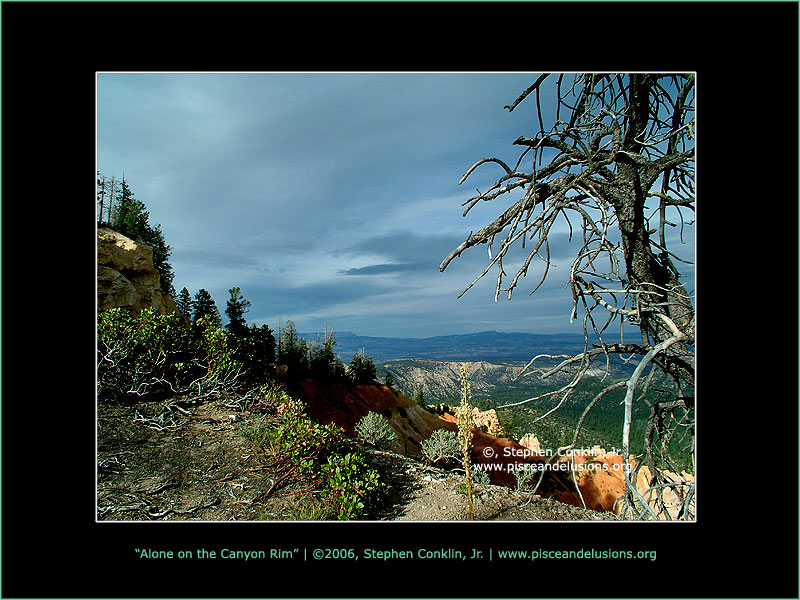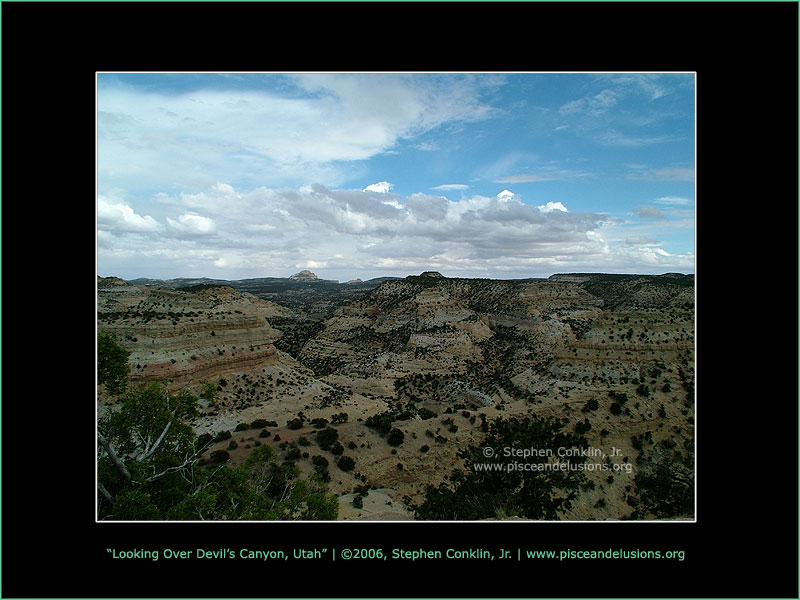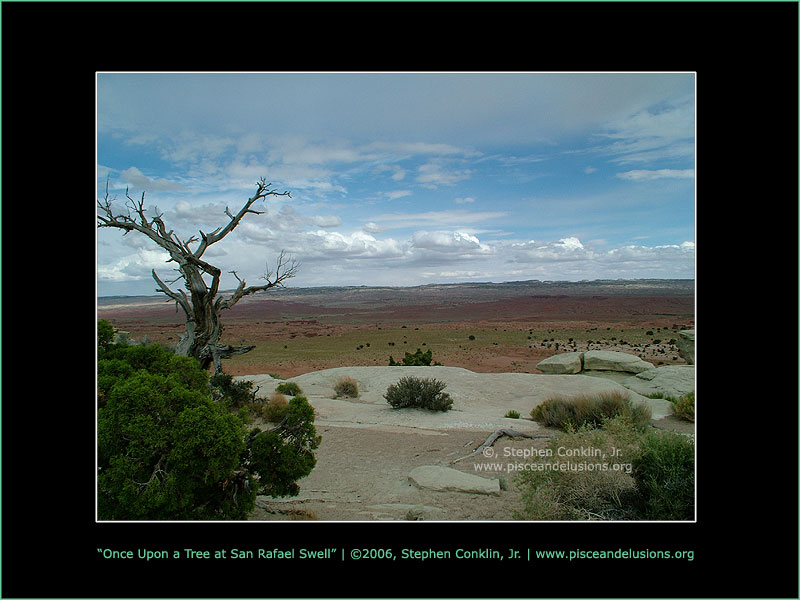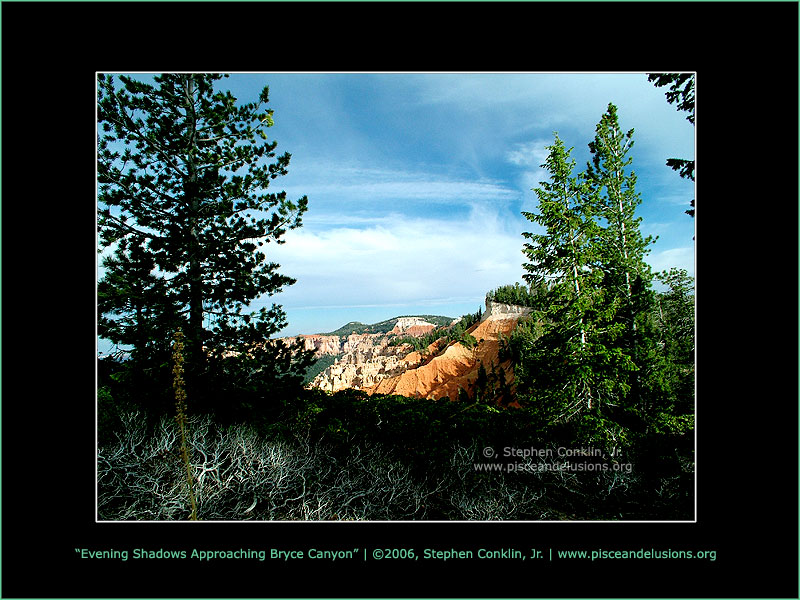
Interpretations - Sacred Knowledge - Native American Indians - Eastern Woodlands Culture
Eastern Woodlands Indians The Indians in the Eastern Woodland Culture lived east of the Plains Indians. These Indians, like the Indians of the other cultures depended on the natural resources around them for all of their basic needs. Because these Indians lived in the forests, they were called the Eastern Woodland Indians. Their food, shelter, clothing, weapons, and tools came from the forests around them. They lived in villages near a lake or stream. The Woodland Indians lived in wigwams and longhouses. The Iroquois, Cherokee, and Mound Builders were important Woodland tribes.
Iroquois indians The Iroquois Indians lived in the Northeastern part of the Woodland Culture. Today we call this part of our country New York. The Iroquois Indians were actually a "nation" of Indians made up of 5 tribes. These tribes were the Senecas, Onondagas, Oneidas, and Mohawks. These tribes were hostile, or war-like, to each other until they joined together to become the "League of the Five Nations". Even after the forming of this nation there was still some fighting among the 5 tribes. The Iroquois Indians lived in wigwams and longhouses. Wigwams were made by bending young trees to form the round shape of the home. Over this shape pieces of tree bark were overlapped to protect the Indians from bad weather. Over the bark a layer of thatch, or dried grass, was added. A small hole from the top allowed smoke from the fires to escape. Beds were matting covered with animal skin. Longhouses were long rectangular homes. Longhouses were made by building a frame from saplings, or young trees. They were then covered with bark sewn together. There was a long hallway with rooms on both sides. Sleeping platforms, covered with deerskin, lined each wall. There were also shelves for storing baskets, pots, and pelts. Pelts are the skins of animals with the fur attached. Several families would live in the long house, but the families were related to each other. The Iroquois built log walls all around their villages. The wall had only one opening. They could quickly close this opening if their enemies came near. The Iroquois Indians used the pelts of animals for their clothing. In the winter, the men wore shirts, leggings, and moccasins made of buckskin. Buckskin is clothing made from the skins of animals, mainly deer. The women wore skirts they had woven from the wild grasses, covered with furs, with leggings underneath.. In the summer, the men wore a breechcloth, a short piece of buckskin that hung from the front to the back of the Indian. The women wore their grass dresses, and the children wore nothing at all. The Iroquois found their food by hunting, fishing, and gathering berries, fruits, and nuts. They also cleared the land and planted large fields of corn, beans, and squash which Native Americans called "The Three Sisters". The Iroquois used a bow and arrow to hunt. They would sometimes wear the skin of a deer over their body to sneak up to the deer. The Iroquois also used traps for small animals. A canoe made from a hallowed out tree was used to fish in the lakes and streams nearby. Nets and traps were also used to catch fish. During the winter months, trees were tapped to get maple sugar. The liquid was put in wooden troughs and stirred day and night over a fire. After a long time the liquid syrup changed into sugar. Food was not always plentiful for the Iroquois. During hard times when food was almost impossible to find they would boil their moccasins for soup or chew on their clothing. Some historians have portrayed the Iroquois as savages. They write of how fierce the Iroqouis were, especially the Mohawk. They speak of the cruel way the Mohawks tortured their captives. The Mohawks, especially the women, took great delight in burning the victim alive with torches and tearing out bits of their flesh with jagged pieces of seashell. The neighbors of the Iroquois were also said to be quite fierce. The kindness of the Iroquois is also talked about by historians. Strangers were welcome and food was always provided. When visiting an Iroquois home one was expected to taste the food offered and to say -Hi-ne-a-wah-I thank you. Visitors were given food, clothing, and a place to sleep. Very important to this culture was wampum. Wampum belts and necklaces were made from wampum beads. These beads were actually white and purple shells. Wampum was used as money between white man and Indians. Wampum belts were used as a form of communication between Indian tribes. Wampum belts would be made into pictures showing the reason it was made. All Indian messengers carried wampum belts when going to other tribes. Cherokee Indians They lived in about 200 fairly large villages. A normal Cherokee town had about 30 - 60 houses and a large meeting building. Cherokee homes were usually wattle and daub. Wattle is twigs, branches, and stalks woven together to make a frame for a building. Daub is a sticky substance like mud or clay. The Cherokee covered the wattle frame with daub. This created the look of an upside down basket. Later, log cabins with bark roofs were used for homes. The Cheokee villages also had fences around them to prevent enemies from entering. Like the Iroquois, the Cherokee also hunted small game such as deer, rabbit, and bear. Since their villages were usually near streams or lakes, they also fished using spears and nets. Berries, nuts, and wild plants were important forms of food for the Cherokee. The Cherokee were considered to be excellent farmers. They had large farms which grew corns, beans, and squash. The Cherokee women wore skirts woven from plants. The men wore breechcloths or leggings. The men would paint their skin and decorate it with tattoos. The women would sew feathers into light capes made of netting. The Cherokee were considered one of the most "civilized" Indian tribes of North America. They had their own government, laws, courts, and schools. A Cherokee Indian named Sequoyah invented a written language called "Talking Leaves". It had 86 characters. Within a few years all of the Cherokees could read and write it. Between 1790 and 1830 the white man began to push westward into the Cherokee territory. The Cherokee fought hard to keep their land. They even took their fight against being removed from their land to court. At first it seemed like they might win. But they were forced to leave the land they loved. Mound Builders Mound Builders were Inidans who built large mounds, or hills, or earth. There were two types of mounds, flat-topped and conical. Flat-topped mounds were flat on the top. These mounds were used as the base for temples or chief's homes. Conical mounds were rounded on the top like a steep hill. These mounds are believed to be where the Mound Builders buried important people. These mounds were built entirely by workers who carried loads of earth on their backs. They had no horses or oxen or other forms of transportation to use for help. Many of these mounds have several hundred tons of dirt, stone, and other materials. The Mound Builders were like the Pueblo Indians. Mound Builders was not their name, just a name given to them because of the types of homes or type of community they lived in. The culture of the Mississippian Mound Builders is found in Cahokia, Illinois. The largest of the Mississippian Mounds was found in Cahokia, Illinois. It had about 40,000 people. Cahokia had over 100 mounds. Some were conical to bury their dead. Some were platform mounds for homes of the chiefs. Religious ceremonies were held at the temples at the tops of the mounds. Some families had small mounds where they buried their dead. "Grave goods" would be buried with them. These were things such as pottery, baskets, and carvings. They practiced a religion called the "Southern Cult". Drawings show pictures of spiders and woodpeckers, which the Indians believed had special powers. These Indians are believed to have sacrificed humans as part of their religion. Some of the Mound Builders had a leader known as the "Great Sun". He would be worshipped as a god. He would live on top of the highest mound, and his wife would live on top of the next highest. The Indians believed that living that high brought them closer to the heavens. If the "Great Sun" died, his wife was strangled and buried with him. Others would be killed also to go along with him into the world of death. The Mound Builders were farmers. They planted corn, squash, beans, and other seed plants. They also hunted for nuts, berries, and small animals. The Mississippian Mound Builders are believed to have died from diseases brought to this country by the white man.
"Alone on the Canyon Rim" | ©2006, Stephen Conklin, Jr. view larger size | order online
"Looking Over Devil's Canyon, Utah" | ©2006, Stephen Conklin, Jr. view larger size | order online
"Once Upon a Tree at San Rafael Swell" | ©2006, Stephen Conklin, Jr. view larger size | order online
"Evening Shadows Approaching Bryce Canyon" | ©2006, Stephen Conklin, Jr. view larger size | order online
|
||||||||||
©2002-2024, ~piscean ♓ delusions | page updated 10-8-2010, 1:41 pm |
| store |
art & design
|
| photo gallery |
| image gallery |
| video gallery |
| website gallery |
about pisces |
| pisces traits |
| pisces profile |
| pisces astrochart |
| pisces ruling house |
| pisces ruling planet |
| pisces quality |
| pisces element |
interpretations |
| sacred knowledge |
| mystical places |
| spiritual elements |
| further resources |
everything else |
| about this website |
| other website links |
| videogame break |
| guestbook |
| contact |





